Writing Teaching Resources
Teaching writing strategies and the writing process this school year? Explore a comprehensive collection of teacher resources for primary English teachers — all created by teachers!
Stocked with graphic organisers, writing prompts, templates, worksheets and so much more, this collection of printable and digital activities is designed to help you as you help your students become more effective communicators and unleash their creativity and imagination.
Save time on lesson planning with resources that are aligned with the Australian curriculum (including version 9!) and have been through a careful review process by an expert member of our teacher team to ensure they're ready for your classroom and your students!
Are you looking for tips and tricks to add to your teacher toolkit this school year? Read on for a primer from our teacher team, including engaging activities for teaching writing inprimary school and a look at some of the different writing strategies your students will need to learn.
11 Writing Strategies Kids Should Know by the End of Primary School
We can't talk about teaching kids to write without talking about the different writing strategies that can help them do just that!
When it comes to teaching our students to become confident writers who articulate their ideas effectively, here are some of the strategies our teacher team prioritises:
1. Brainstorming
Brainstorming is something we often do in the classroom, and it's a crucial part of learning to generate the ideas that will drive students' writing as they progress through their educational journey. Kids should know how to create a list of potential topics or points related to a particular writing assignment.
With younger students, this is often done as a whole group by writing ideas and points on chart paper. In upper years, students transition over to using text-based materials to generate ideas and talking points.
2. Outlining
Before diving directly into any assignment, our students should be able to create a structured framework or outline. Teaching students how to create this outline will help them organise their thoughts and arguments for penning their essays, reports and research papers.

3. Using Graphic Organisers
Technically graphic organisers are classroom tools, so you may not think of their use as a writing strategy per se. However, learning to use these tools is another means of providing kids with the tools they need to organize their ideas and information before they sit down to write.
These organisers are particularly useful for expository writing — students can use them to outline main ideas, supporting details, and transitions.
Students can also take advantage of story maps when they are working on narrative writing to plot the key elements of a story, such as characters, setting, conflict, rising action, climax and resolution.
Graphic organisers such as the OREO strategy and hamburger paragraph are also great tools for students to use when working with opinion and persuasive texts.
4. Freewriting
Writer's block is the enemy of creativity, and it can easily frustrate young students who don't know where to begin.
When students freewrite, they write continuously without worrying about grammar or punctuation. This writing strategy can be extremely freeing — hence the name! — and helps frustrated writers move past that writer's block, generating fresh ideas.

5. Peer Editing
Learning to review and provide constructive feedback on each other's work is a great writing strategy to employ in your classroom to help students improve their writing quality and enhance their editing skills.
The strategy allows your students to learn from one another, and it arms them with an important tool they can use well into the future — calling on peers to provide a critical eye to a piece of writing.
6. Using Sensory Language
Working on descriptive writing? With this writing strategy, students engage the reader's senses through vivid and sensory language to create a more immersive experience.
7. Including Transitions and Connectives
As students become more proficient in the writing process, learning to use transitional words and phrases allows them to create smooth transitions between sentences and paragraphs. This strategy makes their writing more coherent and polished.
8. Incorporating Evidence
In persuasive, opinion and expository writing, students are taught to support their claims with evidence and examples to strengthen their arguments.
It takes some practice to train your students to use evidence in their writing, so it's often a good idea to start with something simple, like the R.A.C.E.S. strategy.
9. Crafting a Thesis Statement
In expository, opinion and persuasive writing, crafting clear and concise thesis statements that summarise the main point or argument of their essay helps students be more focused and organised in their writing.
This strategy can also have the effect of empowering students to express their ideas confidently and persuasively.
10. Incorporating Introductions and Conclusions
With this strategy, students practice crafting effective introductions and conclusions that grab the reader's attention and leave a lasting impression.
11. Following a Revision Checklist
Teaching your students to use a revision checklist is a strategy that will help them be more self-reflective, evaluating their own writing against the checklist criteria and becoming more aware of their strengths and weaknesses.

- Free Plan

Writing the Alphabet Chart - Tracing
A chart to assist students when learning how to form letters.
- Free Plan

Tracing Numbers 0-20 Handwriting Worksheet
Get your students tracing numbers from 0-20 with this number formation worksheet available in Australian school fonts.
- Plus Plan

Simple, Compound and Complex Sentences Posters
Use these posters to show your students the attributes that make up simple, compound and complex sentences.
- Plus Plan
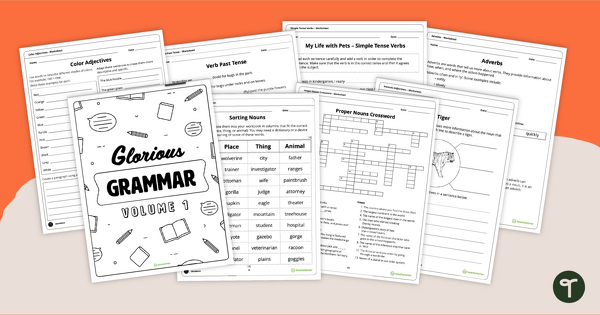
Glorious Grammar Volume 1 - Worksheet Book
50 activities in one booklet which all revolve around learning grammar in the classroom.
- Free Plan
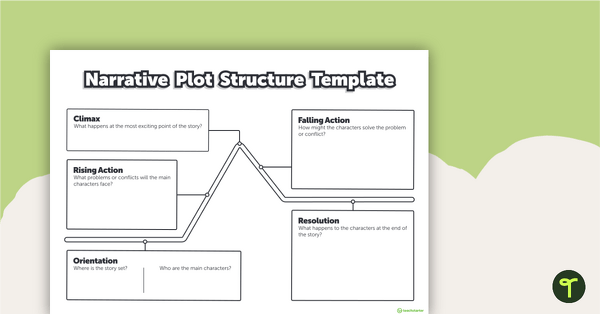
Narrative Plot Structure - Story Mountain Template
Use a story mountain template to help your students write narrative texts.
- Free Plan
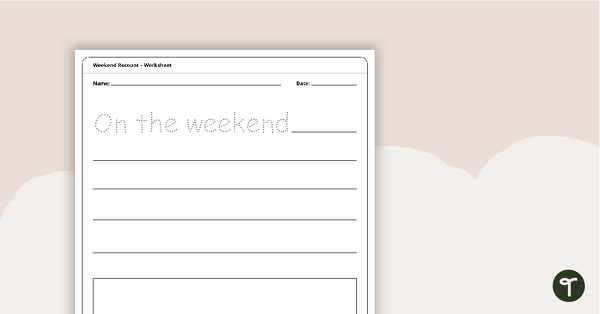
Weekend Recount Worksheet
A worksheet for younger students to use when writing a weekend recount.
- Plus Plan

Dotted Numbers 0-10 Handwriting Worksheet
Get your students writing numbers from 0-10 with this number formation worksheet available in Australian school fonts.
- Plus Plan

Narrative Writing Planning Template Pack
Use this narrative writing planning template pack to help your students plan a fantastic piece of writing!
- Plus Plan
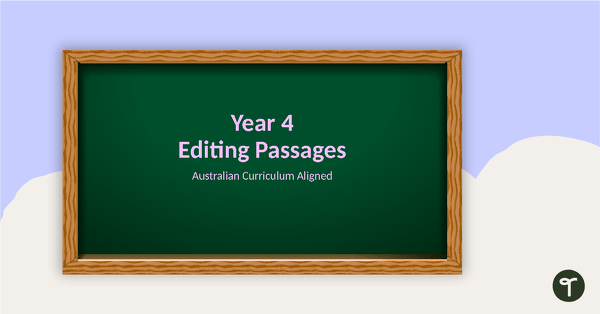
Year 4 Editing Passages
Use this set of Year 4 editing passages to help your students demonstrate their spelling, punctuation and grammar knowledge.
- Plus Plan
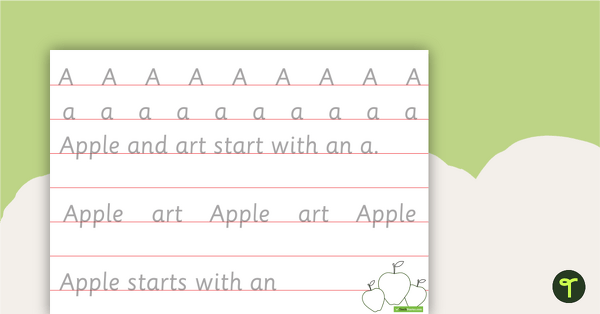
Alphabet Handwriting Sheets - Individual
Handwriting sheets for each letter of the alphabet.
- Plus Plan
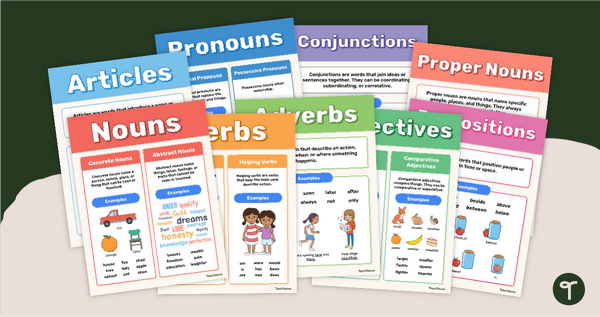
Nouns, Proper Nouns, Verbs, Adjectives, Adverbs and Conjunctions Posters
Enhance student understanding of the 8 parts of speech with these colourful, informative and easily-referenced grammar wall posters.
- Plus Plan
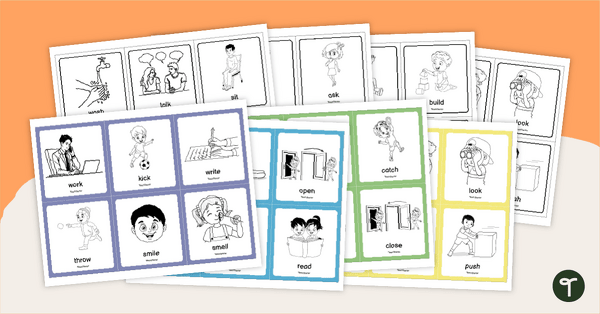
Commonly Used Verbs Flashcards
Teach commonly used verbs with this set of printable flashcards.
- Plus Plan
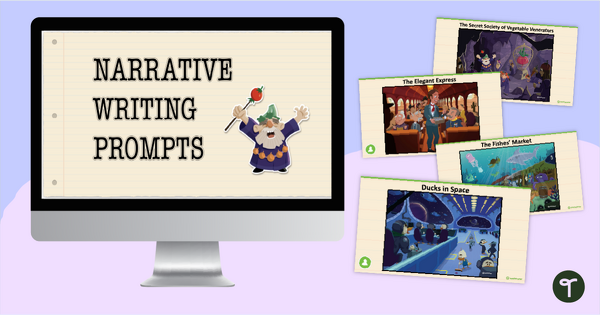
Narrative Writing Visual Prompts Presentation
A 19 slide teaching presentation containing visual narrative writing prompts.
- Plus Plan
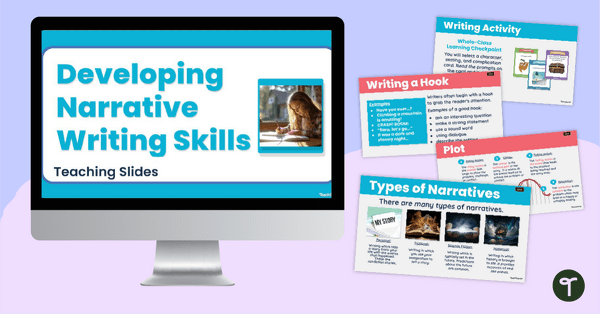
Developing Narrative Writing Skills PowerPoint - Year 3 and Year 4
Teach your students about the structure and language features of narrative texts with an engaging interactive Narrative Writing Teaching Slide Presentation.
- Plus Plan
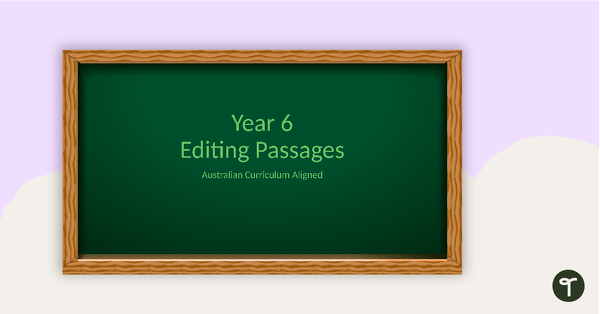
Year 6 Editing Passages
Use this set of Year 6 editing passages to help your students demonstrate their spelling, punctuation and grammar knowledge.
- Free Plan
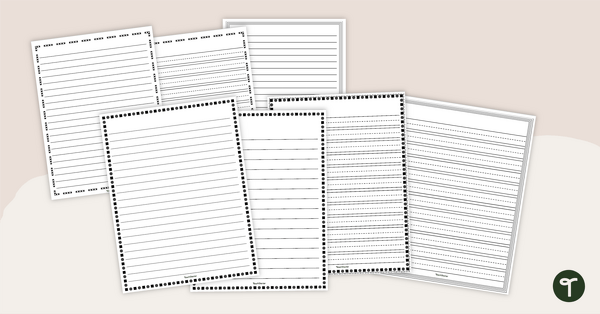
Free Lined Paper Printable - A4
Use this free printable lined paper pack to encourage students to write and publish their work in your classroom writing station.
- Plus Plan
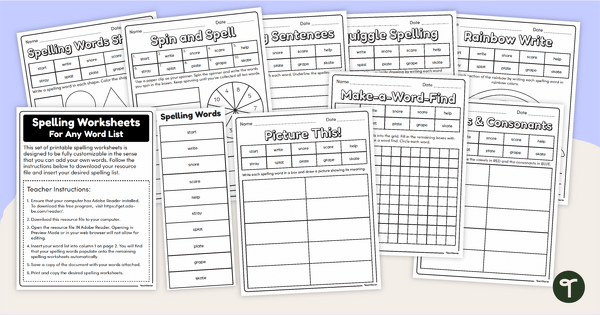
Auto-Fill Customisable Spelling Activity Worksheets
Save time making custom spelling lists and spelling practise worksheets with an editable auto-fill spelling worksheet pack.
- Plus Plan
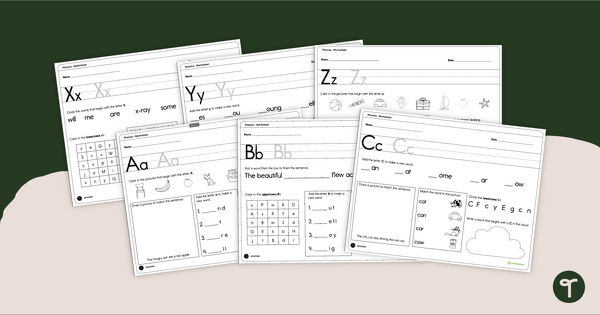
My Alphabet Book - Printable Alphabet Worksheets
Learn the letters of the alphabet and their sounds with printable ABC worksheets
- Plus Plan
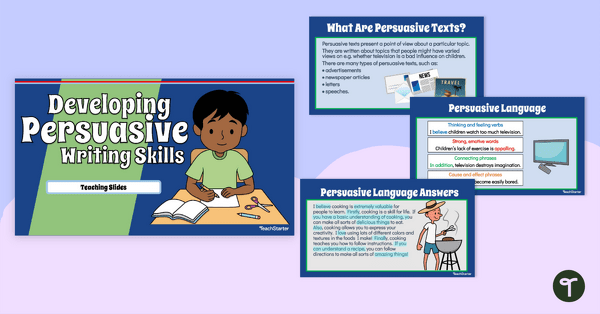
Developing Persuasive Writing Skills PowerPoint (Year 3 and Year 4)
Teach your students about the structure and language features of persuasive texts with these interactive teaching slides.
- Plus Plan
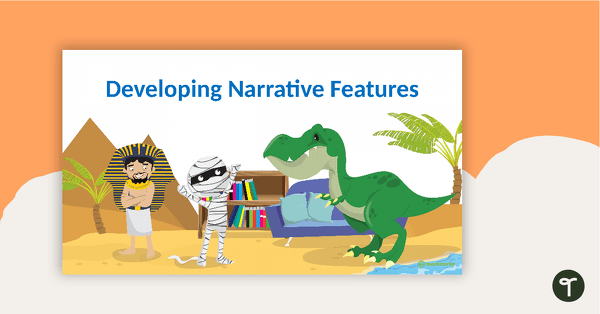
Developing Narrative Features PowerPoint - Year 5 and Year 6
A 26 slide editable PowerPoint template to use when teaching your students about the features of narrative texts.
- Plus Plan
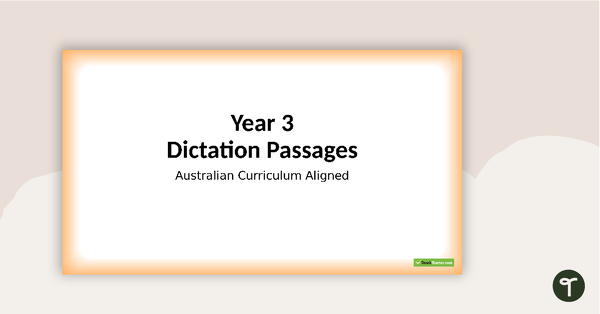
Year 3 Dictation Passages PowerPoint
Use this set of Year 3 dictation passages to promote listening and transcription skills in your students.
- Plus Plan
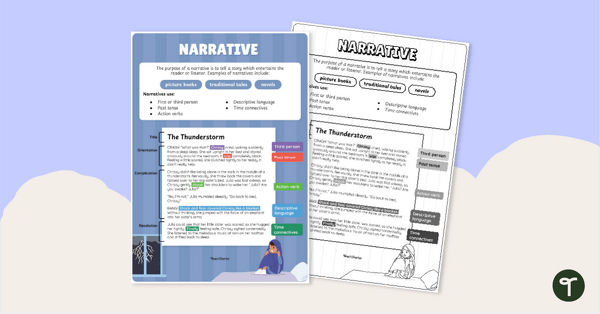
Narrative Text Type Poster With Annotations
Display this narrative text with annotations to help students identify the structure of a narrative.
- Free Plan

Printable Adjectives List for Kids
Print your students a list of adjectives to keep at hand when writing to help them use descriptive language.
- Free Plan
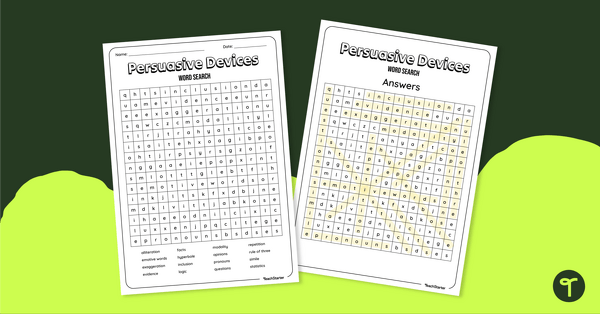
Persuasive Devices Word Search
Familiarise your students with the most common persuasive devices with a fun word search.
- Plus Plan
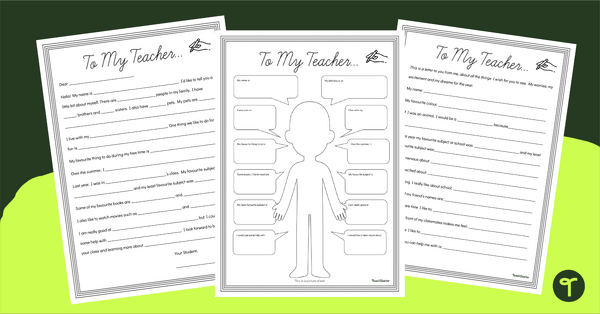
A Letter to My Teacher Activity
Get to know your students a bit better using a ‘Letter to Teacher’ template.
- Plus Plan
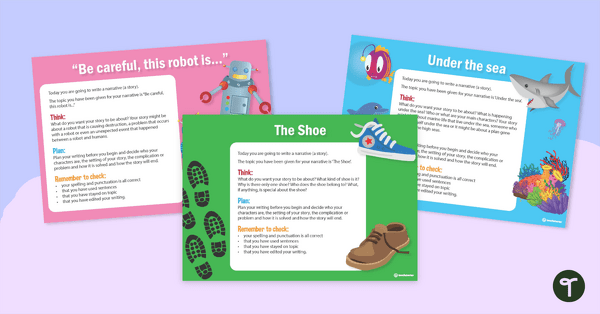
5 Narrative Writing Stimulus Sheets
Writing stimulus sheets with a narrative focus.
- Plus Plan
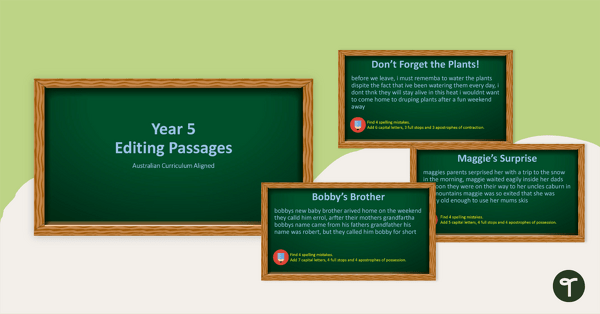
Year 5 Editing Passages
Use this set of Year 5 editing passages to help your students demonstrate their spelling, punctuation and grammar knowledge.
- Plus Plan
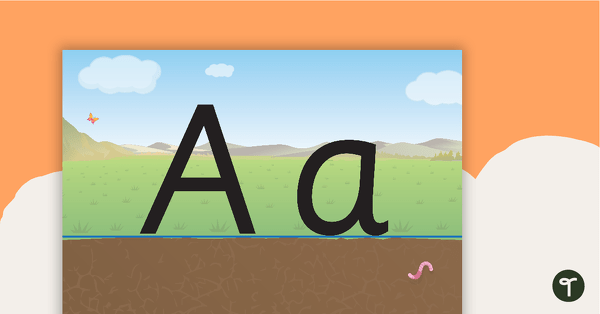
Handwriting Posters - Dirt, Grass and Sky Background
Handwriting posters using a dirt, grass and sky background.
- Plus Plan

Proper Punctuation Chart Pack - Upper Primary
Encourage proper punctuation with a printable punctuation chart pack for upper primary classrooms.
- Plus Plan
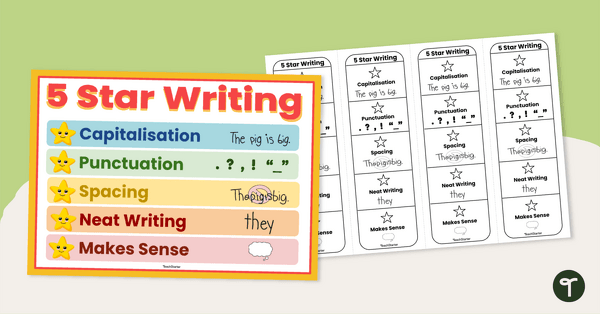
5 Star Writing Poster and Bookmark Set
Share this 5 star writing poster and bookmark set with your students to remind them how to be "star" writers.
- Free Plan
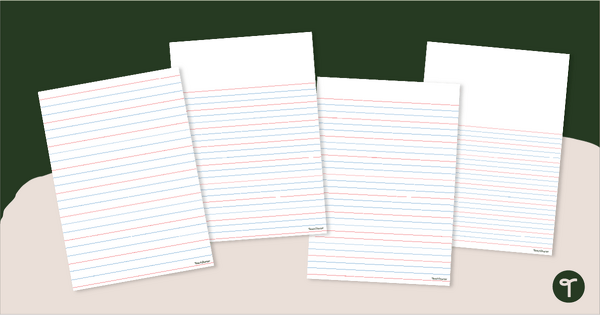
Printable Paper with Handwriting Lines - PDF
Use these printable red & blue lined handwriting paper templates to develop your students' penmanship skills in the early years' classroom.
- Free Plan
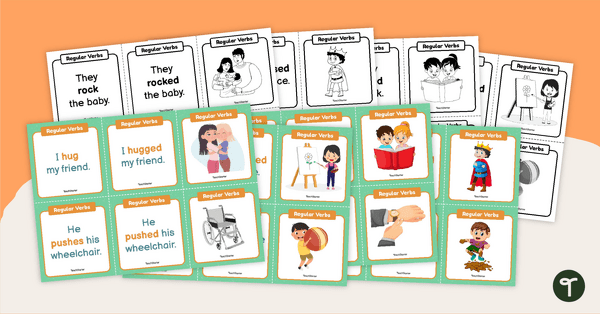
Present and Past Tense Regular Verbs Matchup Cards
Learn about simple present tense and simple past tense of regular verbs with this match up activity.
- Writing Worksheets
- Writing Templates
- Writing Games
- Writing Posters
- Writing Teaching Presentations
- Writing Labels, Signs & Decorations
- Writing Word Walls
- Writing Projects
- Writing for Preschool/Kindergarten
- Writing for Foundation Year
- Writing for Year 1
- Writing for Year 2
- Writing for Year 3
- Writing for Year 4
- Writing for Year 5
- Writing for Year 6
- Writing for Year 7